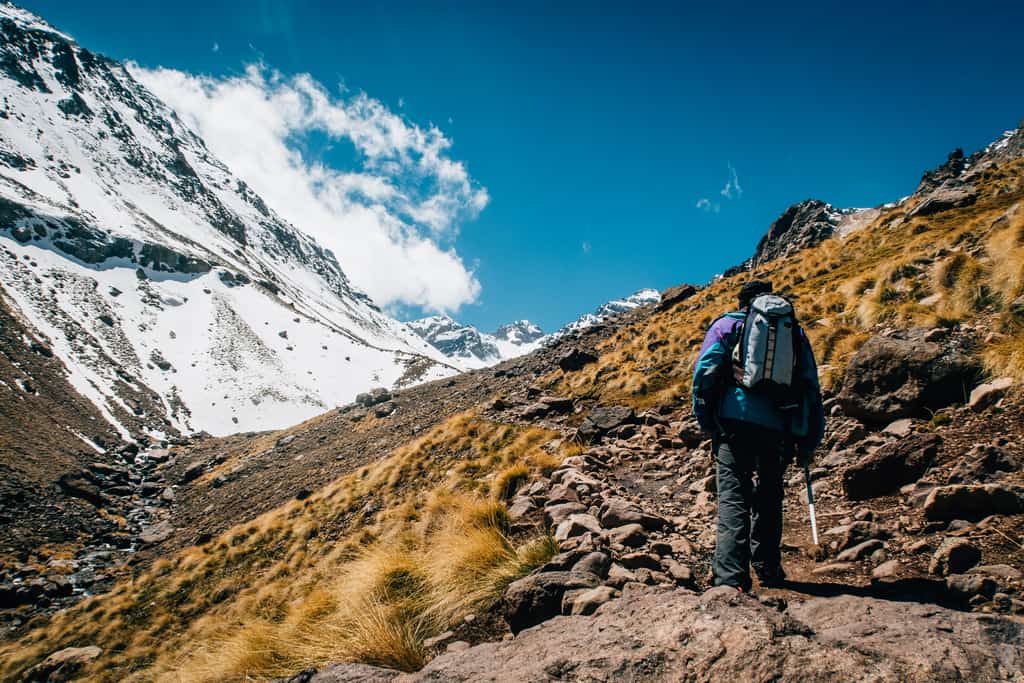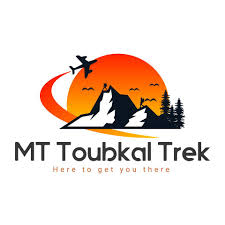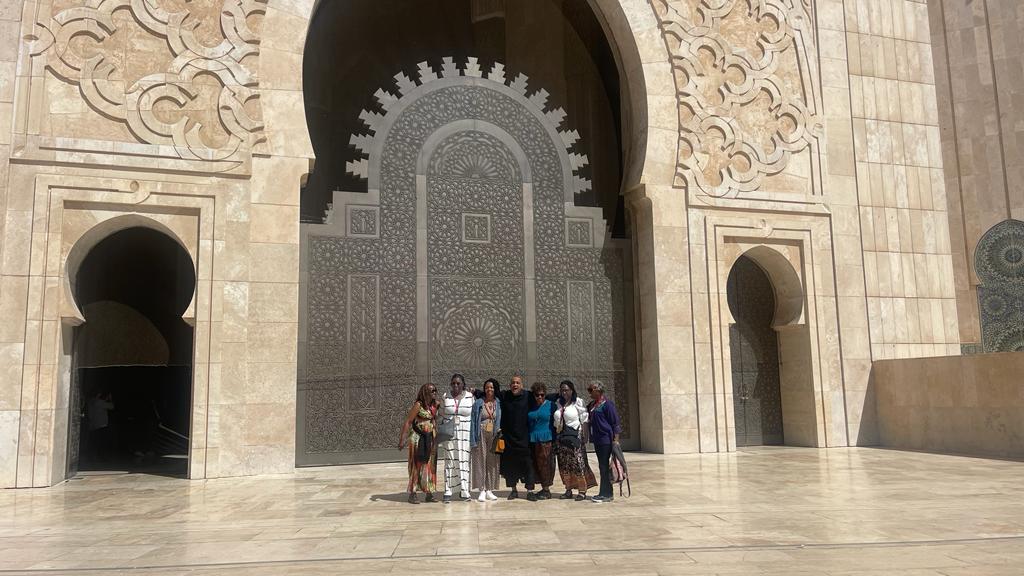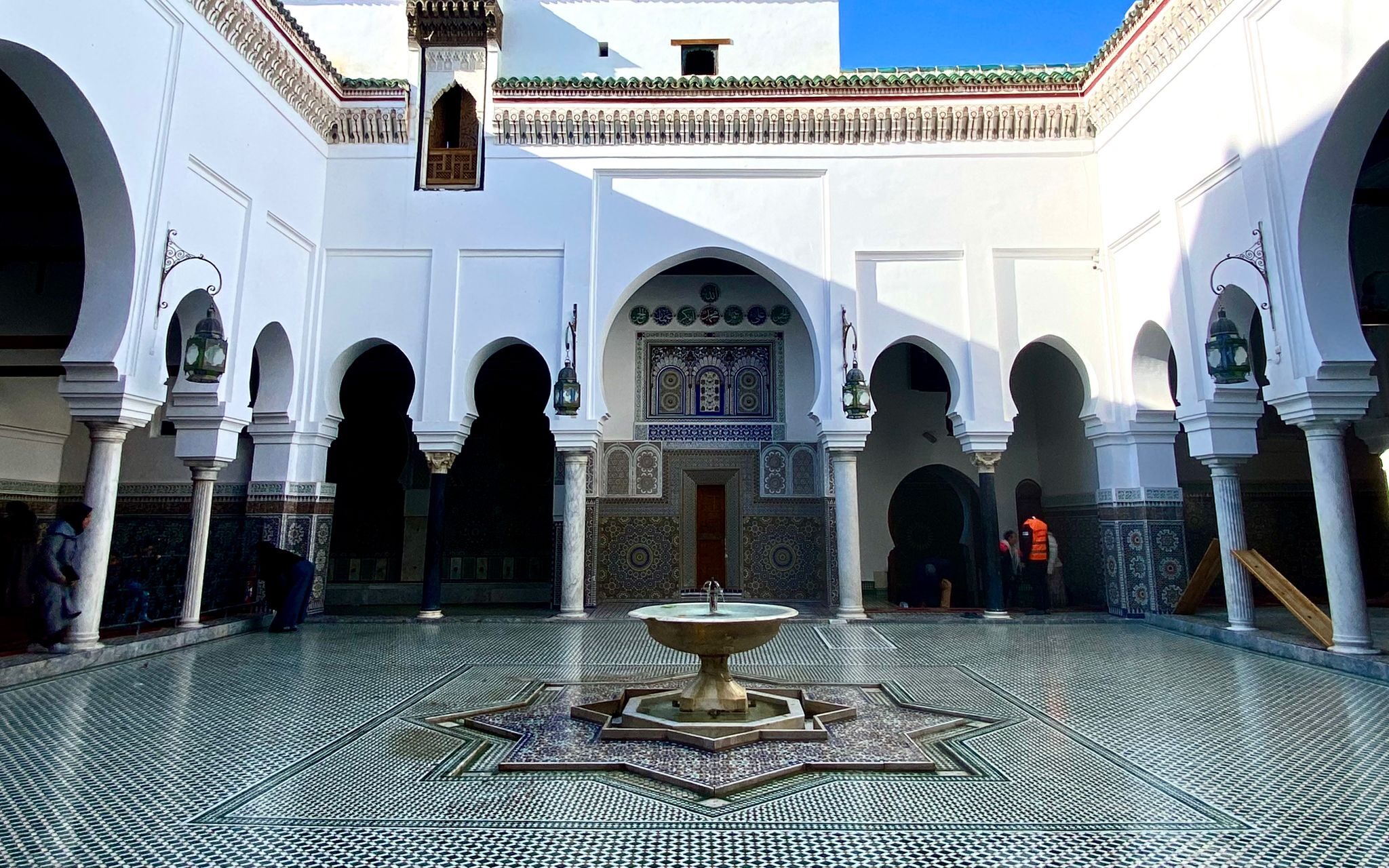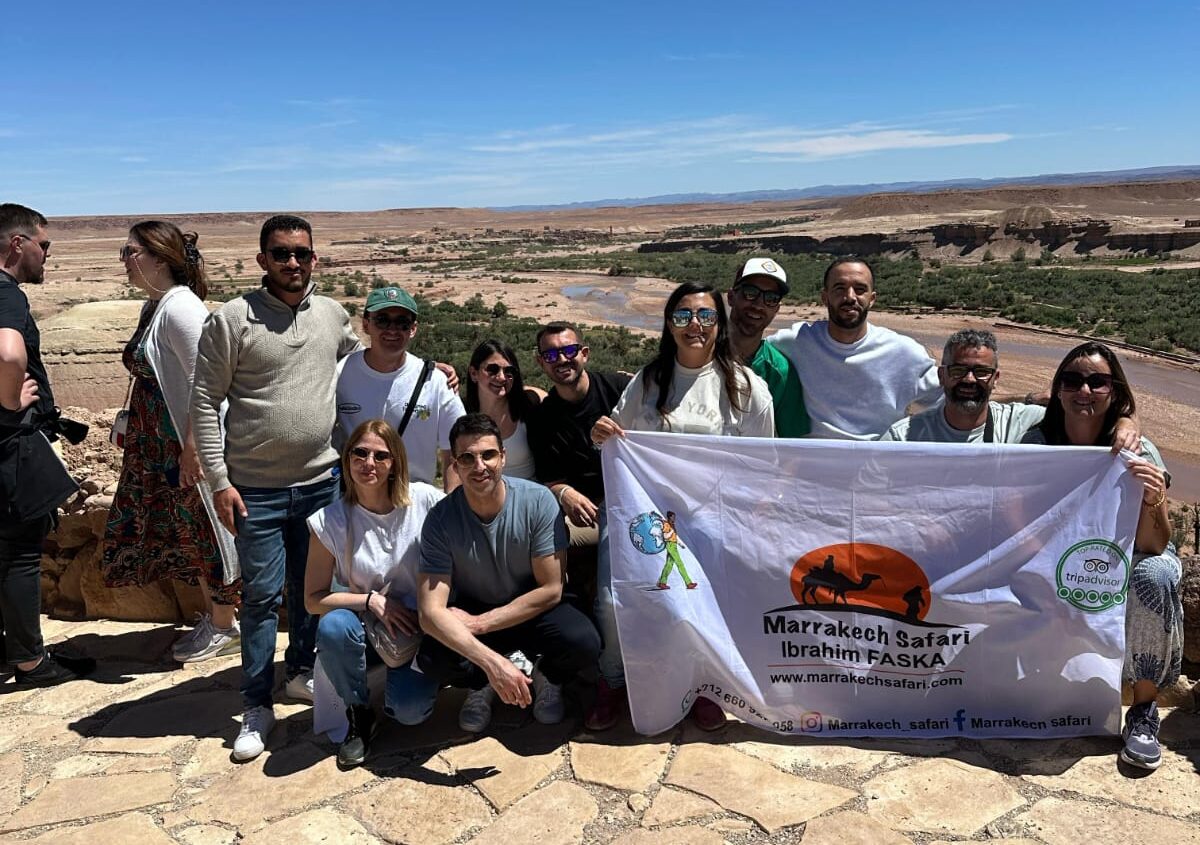Atlas Mountains Trek: An Ultimate Guide to an Unforgettable Adventure
The Atlas Mountains, stretching across Morocco, are a trekker’s paradise. This guide will explore everything you need to know about an Atlas Mountains trek, from the best routes to packing essentials, ensuring your adventure is both safe and memorable.
Introduction to the Atlas Mountains
The Atlas Mountains are a prominent range in North Africa, primarily located in Morocco but stretching into Algeria and Tunisia. These mountains are not just a geographical marvel but also hold significant cultural and historical importance in the region. The highest peak, Mount Toubkal, stands at 4,167 meters, making it the tallest in North Africa.
The Appeal of Trekking in the Atlas Mountains
Trekking in the Atlas Mountains offers a unique blend of stunning natural beauty, rich cultural experiences, and challenging adventures. From the lush valleys of the Ait Bouguemez to the rocky outcrops of Jebel Saghro, every trek presents a new landscape. Furthermore, trekkers have the opportunity to interact with the Berber people, experiencing their traditional way of life, which adds a rich cultural dimension to the journey.
Popular Trekking Routes
The Atlas Mountains boast several trekking routes, each with its unique charm:
- Toubkal Circuit: The most popular route, leading to the highest peak, Mount Toubkal.
- Ait Bouguemez Valley: Known as the ‘Happy Valley,’ this route is less crowded and offers stunning views and encounters with Berber villages.
- M’Goun Massif: A challenging trek that takes you through diverse landscapes, including gorges and high passes.
- Jebel Sirwa: This trek combines the High Atlas with the Anti-Atlas, offering varied terrain and cultural experiences.
- Jebel Saghro: Ideal for winter trekking, this route offers a starkly beautiful landscape with volcanic rock formations.
Best Time to Trek the Atlas Mountains
The best time to trek the Atlas Mountains varies depending on the region and route. Generally, spring (April to June) and autumn (September to November) are ideal due to moderate temperatures and clearer skies. Winter treks are possible, especially in the Anti-Atlas and Jebel Saghro, but the High Atlas can be snow-covered, making some routes impassable without proper equipment.
Preparing for Your Atlas Mountains Trek
Preparation is key to a successful trek. Physically, you should be in good shape, capable of walking long distances with a pack. Cardiovascular training, strength conditioning, and practicing with a loaded backpack can be beneficial. Mental preparation is equally important; being ready for the physical demands and potential challenges of the trek will help you stay motivated.
Essential Gear and Packing Tips
Your packing list for an Atlas Mountains trek should include:
- Clothing: Layered clothing to handle varying temperatures, a waterproof jacket, and sturdy hiking boots.
- Camping Gear: If you’re not staying in mountain refuges or guesthouses, a tent, sleeping bag, and camping stove are essential.
- Safety Gear: A first aid kit, map, compass, and possibly a GPS device for navigation are crucial.
Trekking with a Guide vs. Solo Trekking
Choosing between a guided trek and going solo depends on your experience level and comfort with navigation. Guides provide local knowledge, support, and security, especially in remote areas. However, solo trekking offers flexibility and a sense of adventure. Consider the costs, risks, and benefits before deciding.
Cultural Experiences Along the Trek
The Atlas Mountains are home to the Berber people, whose villages dot the landscape. Staying in these villages provides a glimpse into their daily lives. You’ll have the chance to try traditional foods like tagine and couscous and learn about Berber customs and traditions.
Accommodation Options
Accommodations range from simple mountain refuges and guesthouses to camping. Refuges offer basic amenities, while guesthouses provide more comfort and a cultural experience. If you choose to camp, ensure you’re prepared for the weather and terrain.
Flora and Fauna of the Atlas Mountains
The Atlas Mountains are rich in biodiversity. You’ll encounter various plant species like junipers, oaks, and even wildflowers in spring. Wildlife includes Barbary macaques, wild boars, and a variety of bird species. Conservation efforts are in place to protect this unique environment.
Challenges and Risks
Trekking the Atlas Mountains comes with challenges such as altitude sickness, which can affect even seasoned trekkers. Weather conditions can also be unpredictable, with rapid changes in temperature. Navigational difficulties are common, particularly in remote areas where trails may not be well-marked.
Environmental and Cultural Responsibility
It’s essential to practice Leave No Trace principles while trekking. This includes carrying out all trash, minimizing your environmental impact, and respecting local cultures. Being aware of and adhering to local customs is crucial to maintaining positive relationships with the communities you encounter.
Planning Your Itinerary
Depending on your time and fitness level, you can choose from several itineraries. For instance, a short trek could last 3-4 days, focusing on a single valley or peak, while a longer trek could span 10-12 days, covering multiple routes and regions. Tailor your itinerary to your interests, whether that’s challenging peaks or cultural immersion.
Post-Trek Experiences
After your trek, consider exploring nearby attractions. Marrakesh is a popular choice, offering bustling markets and historical sites. For a more relaxed experience, head to Essaouira on the coast. Alternatively, unwind in a traditional hammam to soothe your muscles after the trek.
Frequently Asked Questions (FAQs)
How difficult is trekking in the Atlas Mountains? Trekking difficulty varies by route, from moderate to very challenging. Beginners can choose easier routes, while experienced trekkers may opt for more demanding peaks like Mount Toubkal.
What is the best time to visit? The best times are spring (April to June) and autumn (September to November), when temperatures are moderate, and conditions are ideal for trekking.
Can beginners trek in the Atlas Mountains? Yes, there are routes suitable for beginners, especially in valleys like Ait Bouguemez. However, some preparation is still necessary.
Is it safe to trek solo? Solo trekking is possible but carries risks, especially in remote areas. Hiring a guide is recommended for safety and ease.
What kind of accommodation can I expect? Accommodations range from mountain refuges and guesthouses to camping, depending on the route and your preferences.
What should I pack? Pack layered clothing, sturdy boots, camping gear (if needed), safety essentials, and enough food and water.
Conclusion
An Atlas Mountains trek is more than just an adventure; it's a journey through diverse landscapes, rich cultures, and personal challenges. Whether you choose a guided trek or go solo, the experience promises to be unforgettable.

